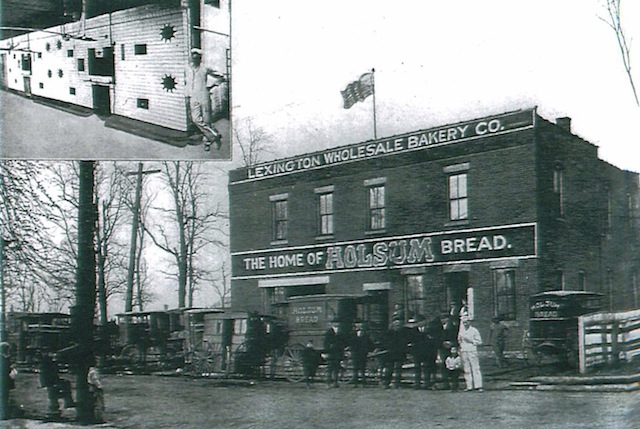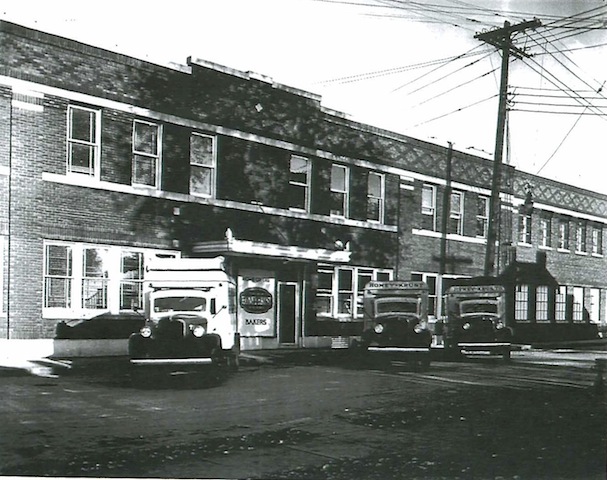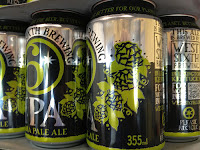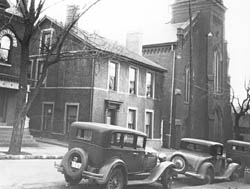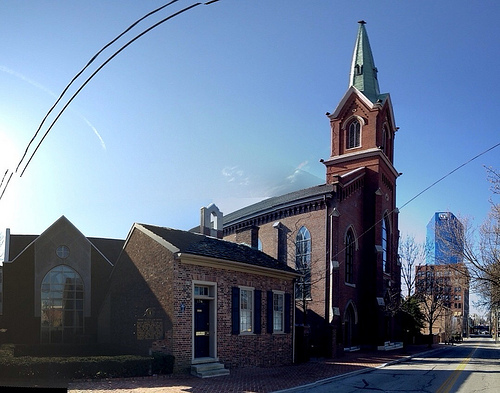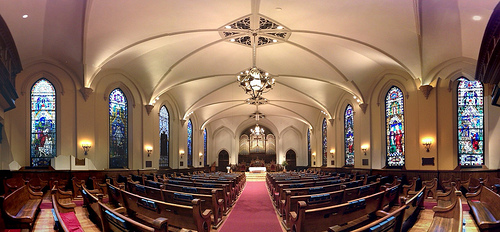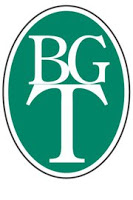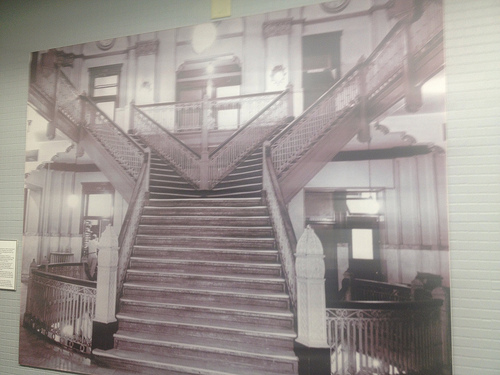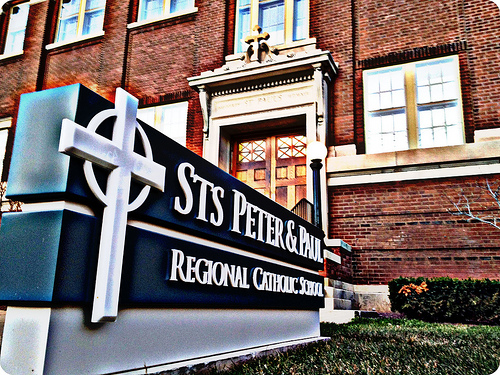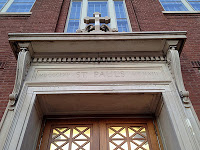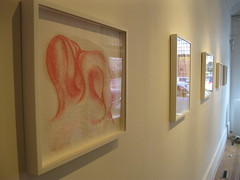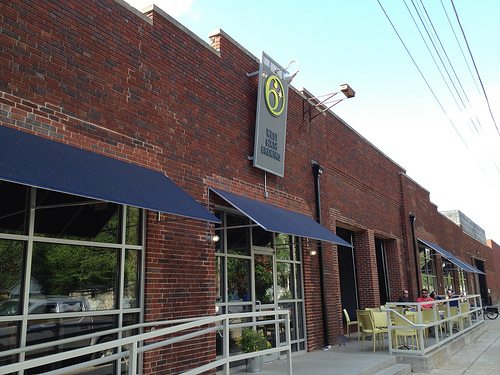 |
| West Sixth Brewing Company |
Lexington’s newest brewery, West Sixth Brewing Company, is the flagship of The Bread Box which is a commercial redevelopment of the old Rainbo Bread Company building at Jefferson and Sixth Streets in the Northside Neighborhood. The oldest part of the building was constructd as the Holsum Bread Company in the 1890s. A series of renovations and hame changes (Honey-Krust, Rainbo) kept the bread factory going until it finally closed in the early 1990s.
| The Breadbox, ca. 1919 (l) and 1940s (r). Photos courtesy West Sixth Brewing Company | |
Our tour occurred after a day of cooking beer – a seven hour process that will be followed by a couple weeks fermenting. Before long, the ancient recipe of water, grain, yeast, and hops will develop into one of the five craft brews produced at West Sixth: wheat, an IPA, an amber, a brown ale, and a stout are all excellent products worthy of more than a tasting. As Lexington’s mobile food truck develops, the location will be an excellent locale to get some tasty street food and a cold brew. Of course, there are other developments going on inside the Bread Box that will result in some other in-house food options.
Consider FoodChain – a non-profit fighting hunger and educating about urban indoor agricultural production. In a hands on way, they’ll be utilizing waste from the beer cooking process to feed the tanks of farm-raised tilapia. The CO2 produced by the tilapia will bubble up to the surface of the tanks where micro greens will grow. And, according to our tour guide, a local restauranteur will open later this year a walk-up fish restaurant using FoodChain product. I’m looking forward to some tasty fish-n-chips with my Sister Sue Stout.
Other groups calling the Bread Box home are Broke Spoke (a non-profit community bike shop), an artists’ cave, Cricket Press and the practice ring for the Roller Girls of Central Kentucky (ROCK). ROCK’s practice facility at 18,000 square feet is the largest room in the massive 90,000 square foot building.
The building’s scale, and some of its features, were exactly what the four guys who started it all wanted. Ben, Brady, Joe, and Robin wanted to start a brewery and searched Lexington for the right facility and found what the cavernous structure at West Sixth and Jefferson — already complete with a quality roof, fire code-satisfying sprinklers, a massive walk-in cooler and other features that would help expedite production. Production has moved along exceptionally fast and they are well ahead of expectations. Their IPA is a best seller and is the first canned craft beer in Kentucky – an accomplishment in scale since the minimum can order from the only vendor in the country is 100,000 units. The pallets, pictured at right, are only two of several scattered around the building. The can’s design is also acclaimed by Paste Magazine as one of the top craft brew labels in the country.
Adding to a growing beer scene in Lexington, the West Sixth Brewing Company is a welcome addition. The mission of its owners, culminating in The Bread Box, is also a huge boost for Lexington’s growing Northside. The area is destined to redevelop and hopefully other investors maintain the historic character that exists at 501 West Sixth.
Additional photos of The Bread Box and West Sixth Brewing Company are accessible on flickr. You really should check these out — the building is awesome!

The Bluegrass Trust for Historic Preservation hosts a monthly deTour for young professionals (and the young-at-heart) to a local historic site that has been well-preserved and restored – the group meets on the first Wednesday of each month at 5:30 p.m. Details are always available on Facebook! Our next meeting is Wednesday, June 6 where we will explore the historic Botherum on Madison Place in the Woodward Heights neighborhood! You can see Kaintuckeean write-ups on previous deTours by clicking here.

